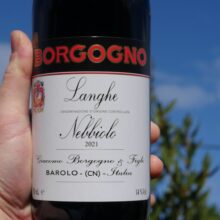
Product information
Borgogno Langhe Nebbiolo 2021
$61
Description
Great drinking here, fine, long, even, and harmonious. Beautifully weighted and long. The texture and level of development have this looking like a very complete wine!
Cherry, almond, spice, plenty of fragrance here, liquorice root, and a little new leather. It’s medium-bodied, fresh and lively, pops with red fruit and supple dusty tannin, a little rose oil in the mix, and a ferrous/stony finish of quiet succulence and excellent length. Classic.
Gary Walsh, The Wine Front 93+ Points
NEXT SHIPMENT MARCH 2024
In stock (can be backordered)





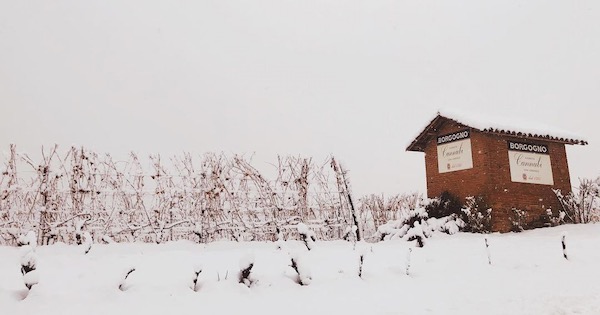


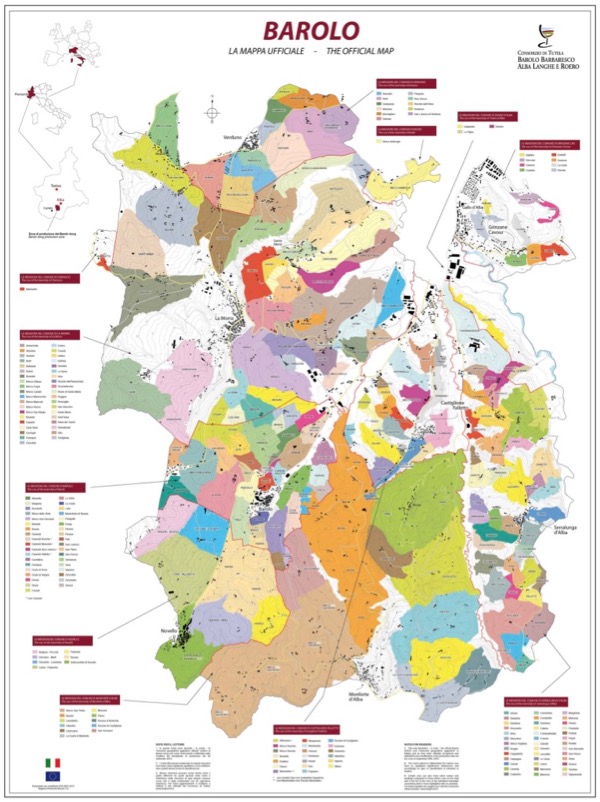
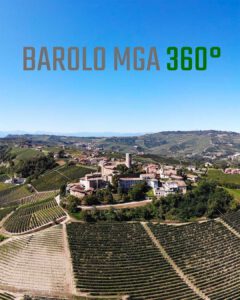
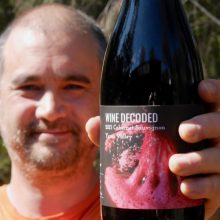
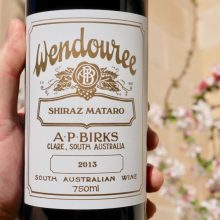
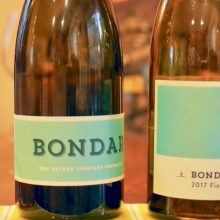
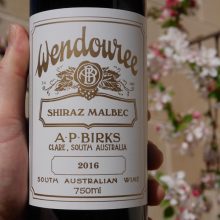
You must be logged in to post a comment.